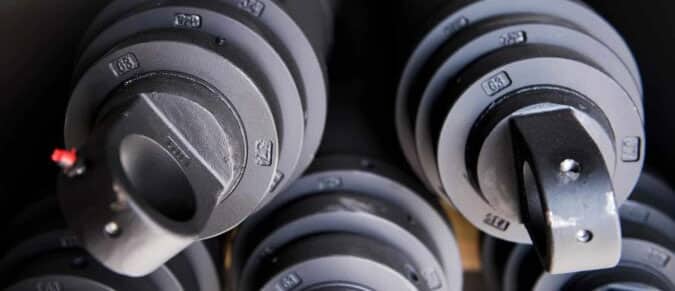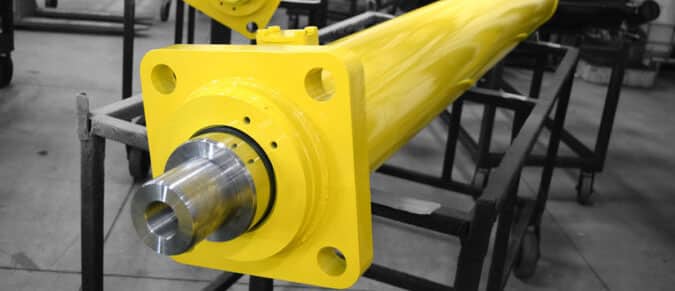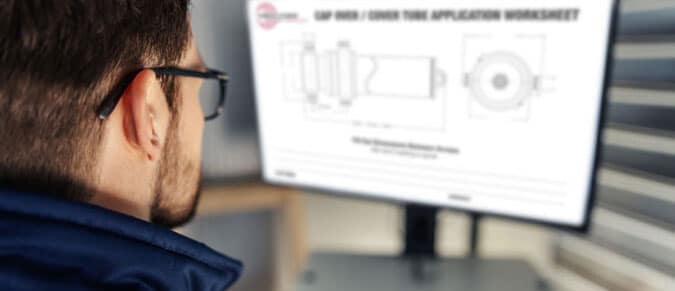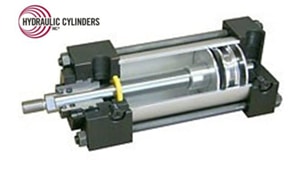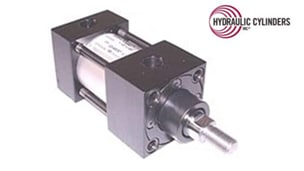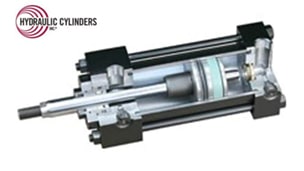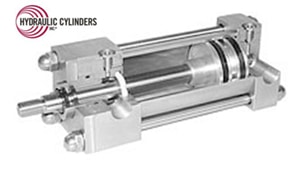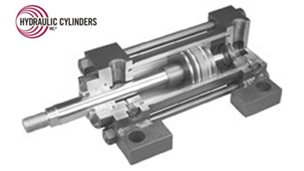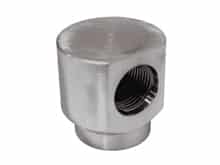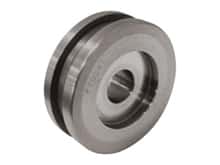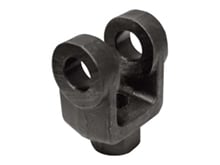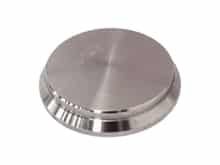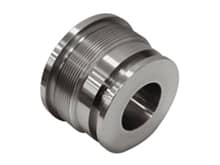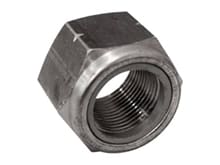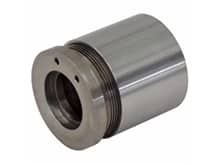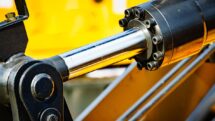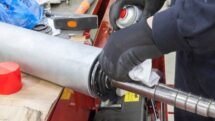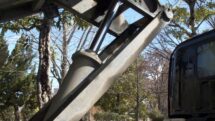How to Bleed Air from a Dump Truck Cylinder
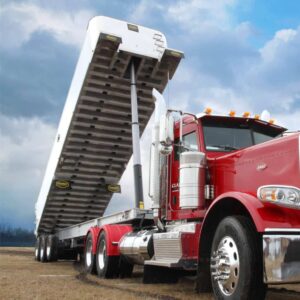
Bleeding air from your system is critical to maintaining or installing dump truck cylinders. Trapped air can contaminate your system’s hydraulic fluid, leading to degraded performance, damaged component parts, cavitation, and, in extreme cases, complete hydraulic cylinder failure.
Luckily, bleeding hydraulic cylinders is a straightforward process. By releasing the pressure from a hydraulic cylinder bleeder valve, you can extend the lifespan of your dump hoist cylinders, keep hydraulic fluid cleaner for longer, and demolish downtime for your dump truck.
When Bleeding Hydraulic Cylinders is Necessary
Bleeding hydraulic cylinders is a good step to include in your regular maintenance routine. However, sometimes problems can occur outside of your scheduled repair work. These events can signify that it’s time to release pressure from your hydraulic cylinder bleeder valve:
- New knocking, thumping, or banging noises coming from your hydraulic cylinder
- After initial installation of the hydraulic cylinder
- After completing any repairs or maintenance
- If hydraulic fluid has degraded
- If seals have been damaged or require replacement
Bleeding Instructions for Dump Hoist Hydraulic Cylinders
Bleeding dump truck cylinders involves bringing air to the top of the cylinder and releasing it, but the exact process will vary depending on your machinery. While the majority of modern telescopic cylinders are bleederless, older models may still feature bleeder valves and need to be bled manually to maintain your cylinder.
While some dump trucks may use double-acting telescopic cylinders for their high-quality and versatility, most dump trucks use single-acting telescopic cylinders due to their low-maintenance and cost-effective performances. Before conducting any maintenance, consult your manual for instructions specific to your dump hoist hydraulic cylinder.
Bleederless Telescopic Hydraulic Cylinders
Bleederless cylinder designs are becoming highly utilized for dump truck cylinders. These models lack a traditional bleeder valve, instead using a closed plunger during installation to prevent air from getting trapped. Any trapped air is mixed with oil when the cylinder is filled and purged through hydraulic action. Follow these easy steps to properly use a bleederless telescopic dump truck cylinder:
- Mount the cylinder on the dump truck.
- Connect the cylinder to your system and complete 2 to 3 full extensions and retractions, expelling any trapped air.
- If leftover air remains, repeat the extension and retraction cycle an additional 2 to 3 times as needed.
Bleeding Valved Dump Truck Cylinders
Bleeder valves on telescopic hydraulic cylinders are becoming rarer in favor of bleederless designs. However, if your dump truck cylinder has a bleeder valve, the bleeding process can be completed in a few steps:
- Raise the dump body and cylinder to full extension. Leave the dump body in this position for several minutes to allow air to rise to the top of the cylinder.
- Lower the dump truck cylinder until the front of the dump body is approximately 2 feet off the chassis frame.
- Put the body up lever in the center/hold position.
- Open your hydraulic cylinder bleeder valve, following manufacturer instructions for your cylinder.
- Wait until all trapped air has escaped from the air bleeder.
- When a full stream of hydraulic fluid escapes the air bleeder valve, the valve can be closed.
- Refill your hydraulic cylinder with new fluid.
Refer to your manual for specific information about bleeding your exact cylinder model.
Is it Time to Replace Your Hydraulic Cylinder? Call HCI!
No matter how diligent you are with maintenance routines or hydraulic cylinder bleeding, you may eventually need to purchase a replacement dump hoist cylinder. Hydraulic Cylinders, Inc. is here to help. We offer an extensive inventory of hydraulic cylinders and cylinder component parts for mobile and industrial equipment, and we provide same-day shipping on all in-stock orders to get you back to work as soon as possible.
Contact us or request a quote to learn more.

